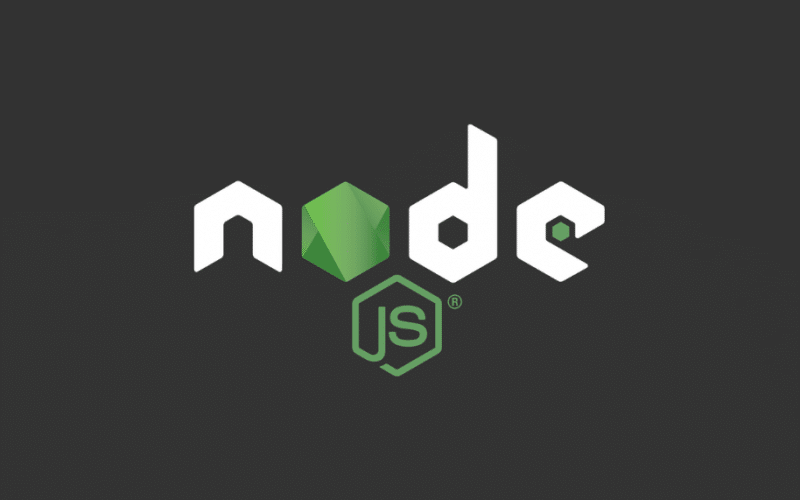
In January 2014, Schlueter announced that Timothy J. In January 2012, Dahl stepped aside, promoting coworker and npm creator Isaac Schlueter to manage the project. The first Node.js build supporting Windows was released in July 2011. In June 2011, Microsoft and Joyent implemented a native Windows version of Node.js. The package manager makes it easier for programmers to publish and share source code of Node.js packages and is designed to simplify installation, updating, and uninstallation of packages.

In January 2010, a package manager was introduced for the Node.js environment called npm.

Node.js combined Google's V8 JavaScript engine, an event loop, and a low-level I/O API. ĭahl demonstrated the project at the inaugural European JSConf on November 8, 2009. ĭahl criticized the limited possibilities of the most popular web server in 2009, Apache HTTP Server, to handle a lot of concurrent connections (up to 10,000 and more) and the most common way of creating code (sequential programming), when code either blocked the entire process or implied multiple execution stacks in the case of simultaneous connections. Its development and maintenance was led by Dahl and later sponsored by Joyent. The initial release supported only Linux and Mac OS X. Node.js was written initially by Ryan Dahl in 2009, about thirteen years after the introduction of the first server-side JavaScript environment, Netscape's LiveWire Pro Web. Ĭorporate users of Node.js software include GoDaddy, Groupon, IBM, LinkedIn, Microsoft, Netflix, PayPal, SAP, Walmart, Yahoo!, and Amazon Web Services. OpenJS Foundation is facilitated by the Linux Foundation's Collaborative Projects program. The Node.js distributed development project was previously governed by the Node.js Foundation, and has now merged with the JS Foundation to form the OpenJS Foundation. These design choices aim to optimize throughput and scalability in web applications with many input/output operations, as well as for real-time Web applications (e.g., real-time communication programs and browser games). Node.js has an event-driven architecture capable of asynchronous I/O. Consequently, Node.js represents a "JavaScript everywhere" paradigm, unifying web-application development around a single programming language, as opposed to using different languages for the server- versus client-side programming. The ability to run JavaScript code on the server is often used to generate dynamic web page content before the page is sent to the user's web browser.

Node.js lets developers use JavaScript to write command line tools and for server-side scripting. Node.js is a back-end JavaScript runtime environment, runs on the V8 JavaScript Engine, and executes JavaScript code outside a web browser. Node.js is a cross-platform, open-source server environment that can run on Windows, Linux, Unix, macOS, and more.

Z/OS, Linux, macOS, Microsoft Windows, SmartOS, FreeBSD, OpenBSD, IBM AIX


 0 kommentar(er)
0 kommentar(er)
